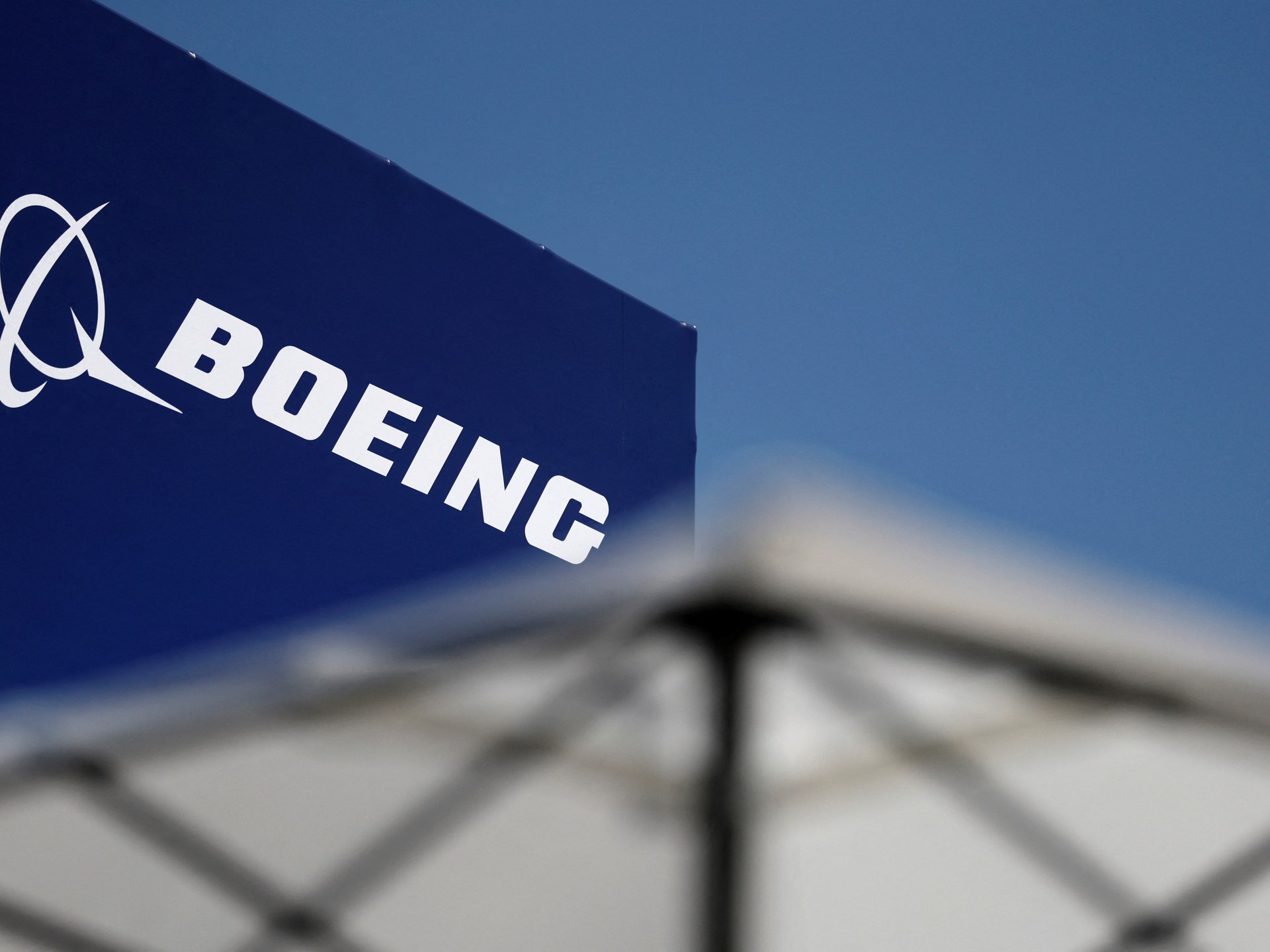2 Stocks That Could Be Easy Wealth Builders
These companies have outstanding long-term prospects.
Identifying growing companies with ample room for expansion is how you spot tomorrow’s winners. The key is to maintain a long-term perspective because the whims of market sentiment in the short term will always try to trick you into selling your shares too early.
As long as the business continues to execute and grow, you’ll be on the path to building wealth. Let’s look at two companies that are still in the early stages of their long-term growth and can help you build wealth for retirement.

Image source: Getty Images.
1. Dutch Bros
One way to identify promising wealth builders is to look at emerging brands that are resonating with a new generation of consumers. Dutch Bros (BROS -1.59%) has tailored its marketing strategy around winning over Gen Z, and it’s driving impressive growth for this specialty beverage chain.
Dutch Bros was founded in 1992, so it’s not an unproven business concept. In fact, it’s outperforming industry leader Starbucks. Dutch Bros’ same-shop sales grew 6% year over year in the most recent quarter, while Starbucks continues to struggle with declining comparable sales.
Dutch Bros’ menu is centered around coffee, but also includes a flavorful range of soda, smoothies, and other drinks. It uses clever marketing tactics to build a loyal following. For example, the company ran a limited-time promotion in May where customers received matching friendship bracelets for purchasing at least two drinks.
Giving away free items has resonated with a younger crowd and made this brand stand out in a competitive market. Its success building a loyal customer base can be seen through its loyalty program, which drove 72% of systemwide transactions in the second quarter.
Dutch Bros ended the last quarter with 1,043 shops across 19 states, but management believes it can reach 7,000 over the long term. Investors should be rewarded as it continues to expand, since the company is already turning a profit of $89 million on $1.4 billion of revenue on a trailing-12-month basis. This margin will continue to grow as the business scales, driving robust earnings growth to support market-beating shareholder returns.
2. Shopify
Starting a business has never been easier than it is today thanks to Shopify (SHOP 1.66%). With a relatively affordable subscription, business owners can quickly set up an online storefront to connect with shoppers worldwide. The affordability, ease of use, and powerful suite of tools have built a solid competitive moat around Shopify that should ensure many years of growth for shareholders.
Subscription revenue grew 16% year over year in the second quarter, reaching $656 million. However, its merchant solutions business grew 36% year over year, and this is where Shopify’s business model shines. Merchant solutions revenue includes payment processing, capital lending, and shipping services. This comprised 75% of Shopify’s total revenue.
This means that Shopify has built its business model around the success of its customers. If merchants are not successful growing their business, Shopify won’t grow either. This incentivizes management to innovate not just to boost its own bottom line, but the bottom line of the businesses that pay for a Shopify subscription.
Shopify is also expanding beyond e-commerce with its point-of-sale offering. Shopify Point of Sale saw its gross merchandise volume increase by 29% year over year in Q2. It was recently recognized as a leader in point-of-sale software by IDC. This ultimately positions Shopify to compete in the $28 trillion global retail market, according to Statista.
Shopify can grow for a long time. Investors expect the company to capitalize on this massive addressable market, as the stock currently trades at 100 times this year’s consensus earnings estimate. The stock is closing in on a new all-time high and should deliver superior compounding returns for years to come.
John Ballard has no position in any of the stocks mentioned. The Motley Fool has positions in and recommends Shopify and Starbucks. The Motley Fool recommends Dutch Bros. The Motley Fool has a disclosure policy.


